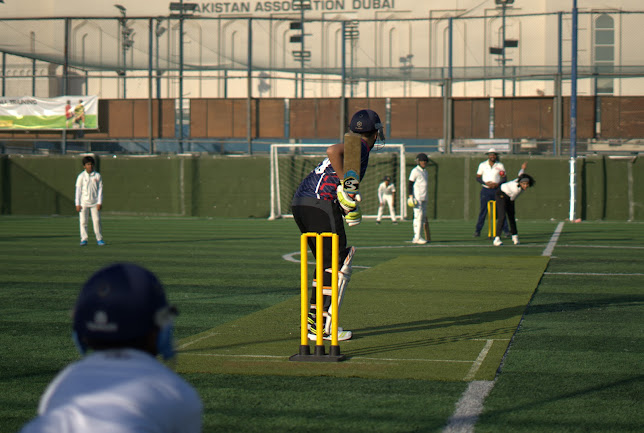The Evolution of Cricket Gear: From Willow to Modern Bats
The Evolution of Cricket Gear: From Willow to Modern Bats
The game of cricket has come a long way since its early beginnings in 16th century England. Alongside developments in rules, formats and strategies, the equipment used by cricketers has also evolved remarkably over the centuries. Of all the cricket gear, perhaps the piece that has undergone the most transformation is the iconic cricket bat.
In this blog, we trace the fascinating journey of the cricket bat across different eras and milestones. We explore how innovations in materials, manufacturing processes and regulations have shaped the willow wand from a rudimentary wooden plank to the sophisticated, high-tech blades of today.
The Primitive Origins: 17th to Mid-18th Century
THE FUTURE OF CRICKET: EMERGING TRENDS AND INNOVATIONS IN CRICKET COACHING. The earliest known reference to a cricket bat dates back to 1624, when it was associated with the tragic death of a fielder during a village match. These primitive bats resembled hockey sticks in shape, with a curved outgrowth used to trap and sweep the ball along the ground.
Bowling was strictly underarm till the 1770s, so bats were wide and heavy, resembling paddles. The blades were made of sturdy English willow but had unsophisticated profiles focused on durability. With bowling still along the ground, batting involved horizontal strokes rather than drives or pulls.
The "Swell" Era: Late 1700s to 1830s
The 1770s saw a key rule change - the legalization of 'length' bowling, where bowlers could impart pace by throwing the ball from extended hands[4]. This led to significant modifications in bat design. Blades became straighter with a maximum width of 4.25 inches, better suited for vertical strokes.
The bottom of the bat now sported a prominent curved 'swell' to counter the rising deliveries. These bats were lighter but still crudely crafted from a single piece of dense willow heartwood.
Early Refinements: 1830s to 1860s
Round-arm bowling legalized in the 1830s made deliveries faster and bouncier. Bat makers responded by splicing cane handles into the willow blades to absorb shock. Shoulders grew more pronounced and the swell became even more defined.
The advent of overarm bowling in 1864 necessitated further refinements. Blades were made lighter, shorter and narrower with increased curving. The basic modern bat shape was born, even as construction remained rudimentary.
The Modern Era: 1870s to Present
The 1870s saw the bat take its final iconic shape - long handle, flat face and curved blade tapering to a slender toe. Craftsmanship improved with better-quality willow, cane handles and rubber grips.
Post World War 1, mass production enabled consistent sizing. Advances in pressing willow accelerated from the 1960s, increasing bat durability. The 1980s saw grade 1 English willow become the gold standard.
Recent decades have witnessed game-changing materials like carbon fiber and lightweight composites. Modern bats have larger sweet spots and deliver unprecedented power. But regulations still mandate traditional materials and size limits.
The Future: Innovation Under Constraints
Today's bats represent a fine balance between tradition and technology. With sustainability concerns rising, eco-friendly materials are gaining ground. Personalized bats based on players' physiques and techniques are becoming common.
Technology will continue to push the boundaries but regulations remain vital to maintain balance between bat and ball. Preserving cricket's historical essence while evolving with the times is imperative.
The cricket bat's transformation from a primitive plank to an engineering marvel has been driven by revolutionary changes in bowling styles and techniques. Each era of cricket has seen new innovations to counter fresh challenges. But the fundamental design has stayed timeless, even as materials and processes have been optimized for power and performance. The willow wand retains its soul while embracing technology's best.



Comments
Post a Comment